Persistent, rampant weed in the morning glory family known as the Field Bindweed. It is a terror in the garden. Here are some options:
Some non-chemical solutions have been found that are somewhat successful in certain situations such as newer and small infestations. One option is to completely remove seedlings just as they emerge from the soil. These new plants do not have the ability to produce the runners that generate other new plants for the first three to four weeks of life. Otherwise, for more established infestations, where practical, covering the area with black plastic sheeting for at least a year is an option. Another similar method that has worked for some involves covering the impacted area with cardboard and then placing several inches of mulch over the cardboard and letting this sit for at least a year. For either of these to be successful, no light can reach the bindweed.
Post emergent herbicides such as glyphosate (RoundUp type products) and lawn weed killers (products containing 2,4-D) also can be used to reduce infestations of actively growing
plants. For the best results, apply a combination of these in early autumn after frost but while the vines are still green. Caution must be taken when using this mix, though. It will kill or damage
most desirable plants, including grass, shrubs and trees. Unlike lawn weed killer, glyphosate can carefully be used in hot weather, for suppression. Always read and follow pesticide labels to
maximize protection of yourself and others and for the greatest effectiveness of the product.
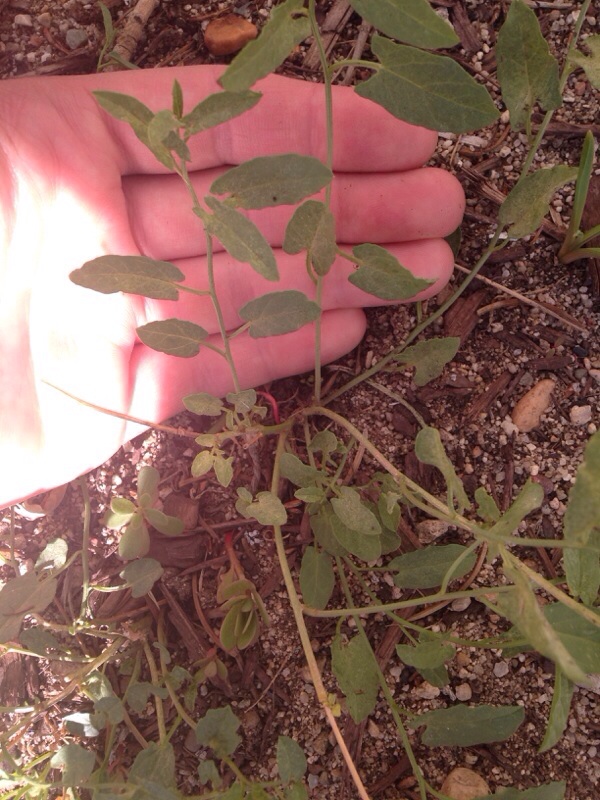
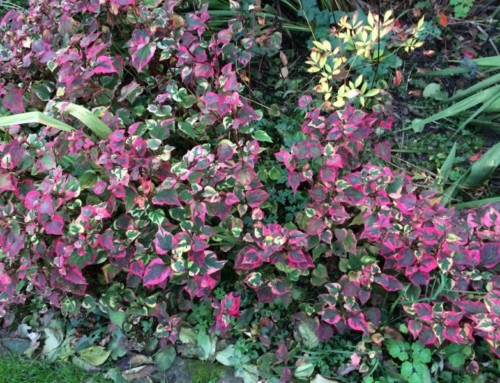
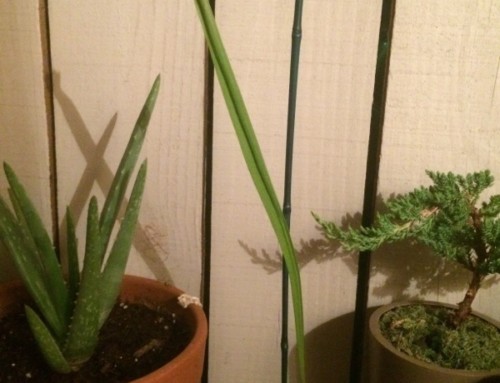
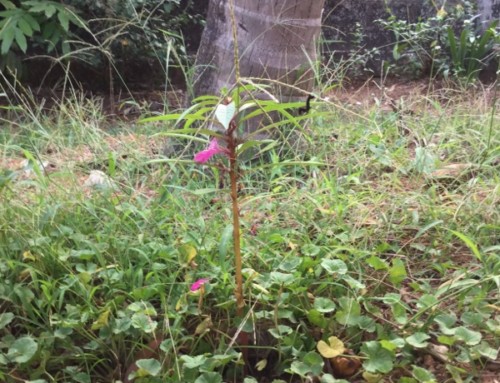
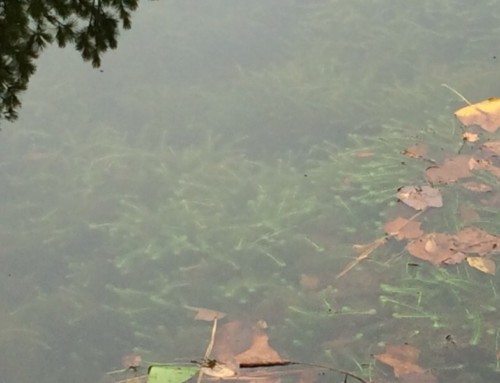
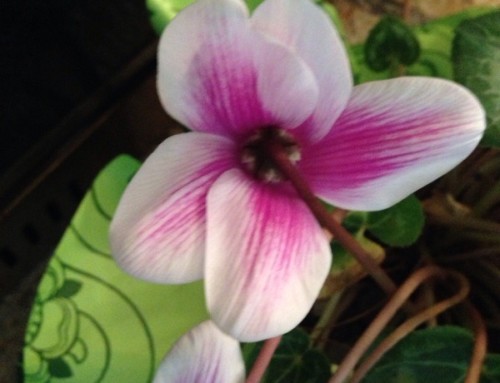
Leave A Comment